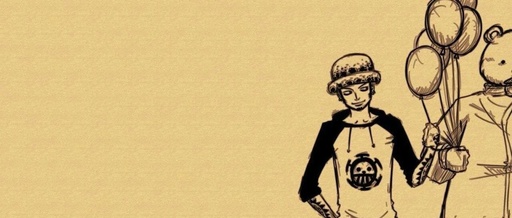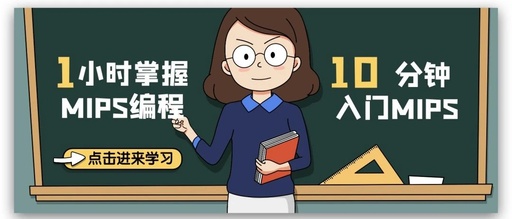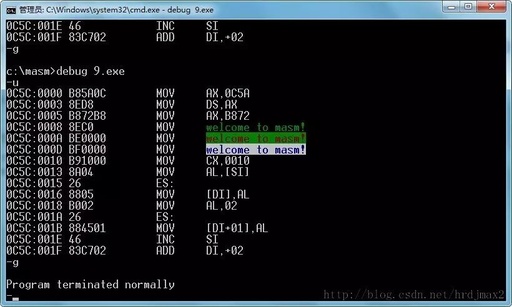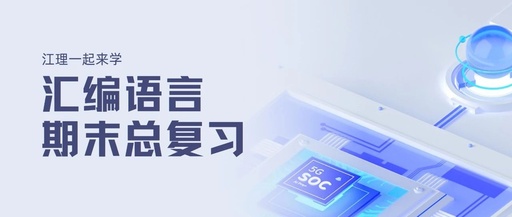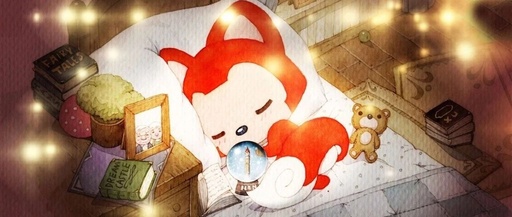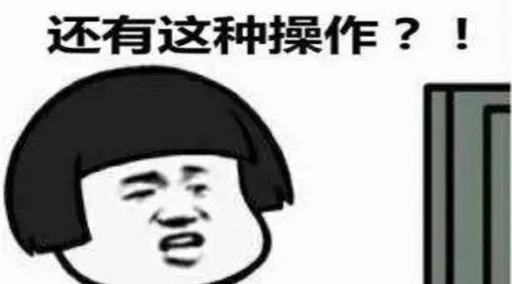The Role of Stack Mechanism in Assembly Language
In the field of computer science, the concept of a stack is likely familiar to many. The familiarity and understanding of stacks primarily stem from two aspects. One aspect is that a stack is a type of data structure characterized by the Last In, First Out (LIFO) principle. The other aspect is that a stack … Read more

